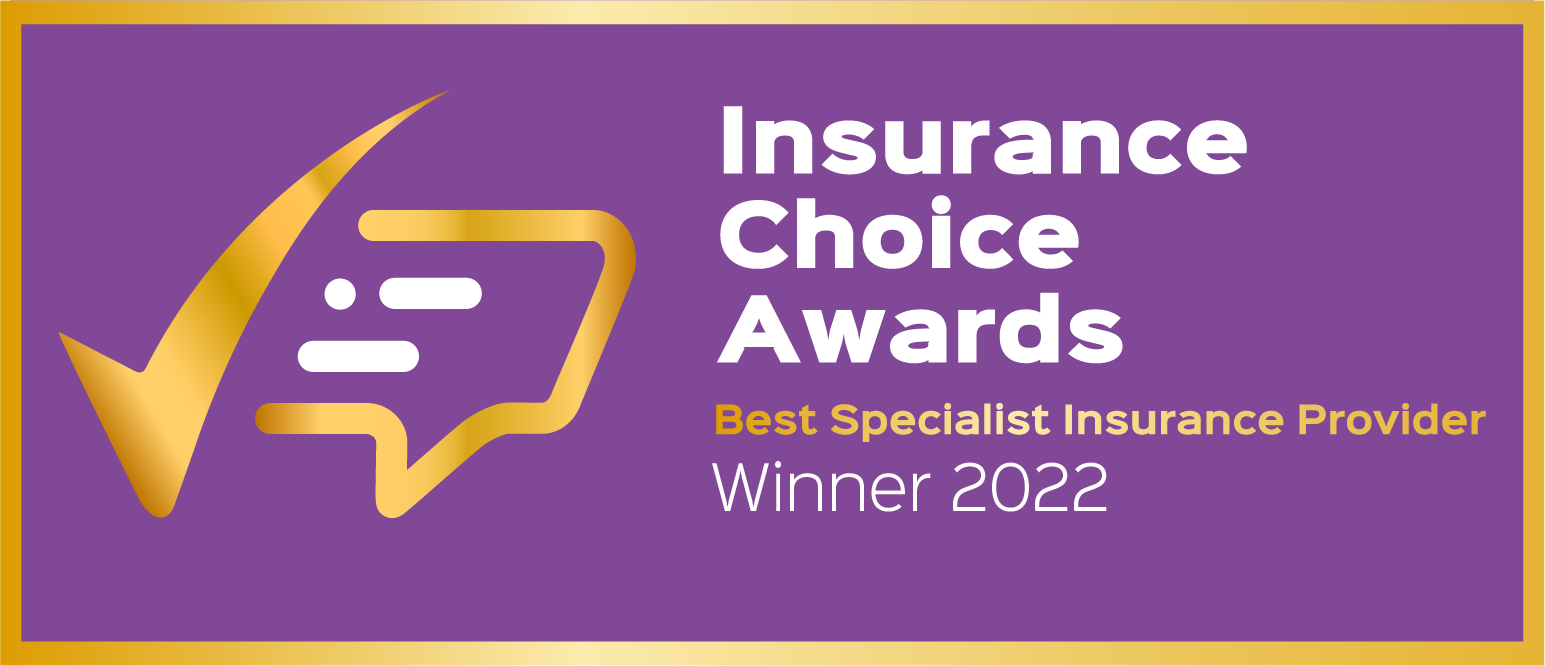Whether you’re planning a conference, sporting event or a summer fair, creating a budget plan for your event is one of the first tasks of event management you will undertake in order to lay the foundation for the planning that follows. The good news is you don’t have to be a financial mastermind to make a budget plan, however it can be one of the trickier aspects to deal with, so getting it right is very important.

In this article, we’ll explore the steps you should consider when considering how to make a budget plan for an event.
-
How much can you spend on your event
At this early stage in budget planning, your starting point will be defining the overall purpose of the event, i.e do you want to achieve a specific profit, perhaps raise funds or are you happy to break even? Scope out what and who will be involved, including attendees, staff, vendors and sponsors. If you already have a set budget in mind, you will need to establish the break-even point as this will be key to proceeding with the event, or whether a rethink is advisable. Remember it is always best to work out what funds and resources are available to you before taking any further steps with the event planning process.
-
Research, research, research
Take the time to research similar past events and look closely at how the budgets were managed for each one. By analysing previous budgets and their respective accuracy (such as under- and overspend, instances of miscalculations, over-estimations, etc.), you can start to build up a wealth of information to arm yourself with for your current budget, and subsequently adjust costs accordingly.
Look for common trends and speak to as many people as possible who have been responsible for event budget planning - they will have an insight into industry-standard costs and advise on reputable, good value vendors.
-
Prepare a Budget plan document
Having a central, easy to use, budget planning document is vital. The good news is there are a number of great software tools available, so explore what’s on offer to find the right one for you, or consider creating your own custom spreadsheet. If preparing your own planner, you will need to add a number of columns with headers such as:
-
Purchase name (e.g. ‘signage’, ‘catering’)
-
Purchase description (description of said purchase)
-
Projected cost (if price not yet determined)
-
Actual cost (quote or invoice from vendor)
-
Paid? (confirmation of payment)
You should also factor in a column for contingency / unforeseen / additional costs. Despite meticulous planning, there is always the possibility of unexpected changes to your budget. Once you have an overall estimation of expenditure, consider adding 10% contingency funds for unplanned expenses.
When preparing your planner, be mindful of its audience, i.e. will this be presented to managers, fellow event planners or a board of directors? Perhaps it may be used as an event budgeting template for future budgets. If any of these are applicable, you will need to ensure your planning document is simple to follow, accurate and concise.
-
Prepare a high level plan for your event
A high level plan is used to calculate basic logistics, must-haves and ballpark budget estimates. Categories you might wish to include in your high-level spending plan are:
-
Food and beverage
-
Equipment and furniture (screens, speakers, tables, chairs, etc)
-
Venue
-
Staff costs
-
Insurance
-
Transportation
Once you have identified your must-haves, you can start to estimate the costs for each, leading to a better projection of the total expenditure.
-
Drill down into individual line-items
Now you have your high-level plan in place, you can start to drill down into each line-item. The more detailed you are, the more accurate your budget plan is likely to be. This will involve breaking down lump categories such as marketing expenditure, venue costs, refreshments, etc. For example, with the category event marketing you might need to break this down into the following sections:
-
Local paper advertising
-
Email marketing
-
Printing costs
-
Social media
-
Online Ads
-
Design agency
Align your projected costs with quotes from vendors and don’t be afraid to shop around / barter to get the best cost possible. Building good relationships with vendors will help for future events. This is the point where you can add info to your actual costs column on your planning document.
-
After the event
Your event is over and was hopefully a huge success! At this stage, you will likely need to revisit your budget plan to ensure every cost is accounted for and your total spend has been identified. Ensure your planning tool allows for easy extrapolation of costs for post-event analysis to be shared with managers or stakeholders.
Final thoughts on the importance of budgeting in event planning
Planning an event can be tough, but by creating your event budget plan as far in advance as possible, being meticulous with your research and ensuring every cost is accounted for, you are giving yourself the best chance of keeping within budget and perhaps making a good profit along the way. When looking at costs for your event, be sure to factor in insurance policies to protect you against unexpected instances during your event which may result in legal claims being brought against you. At Event Insurance Services, we offer a range of policies, including:
Drop us a line today to discuss the right policy for your event with one of our specialist advisors.
